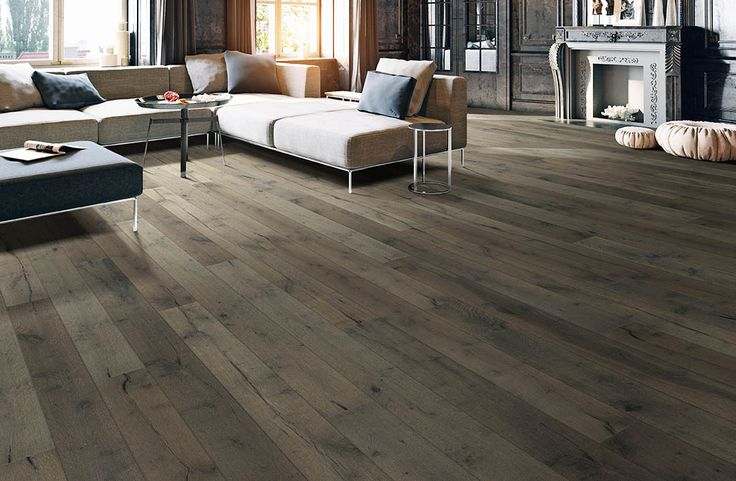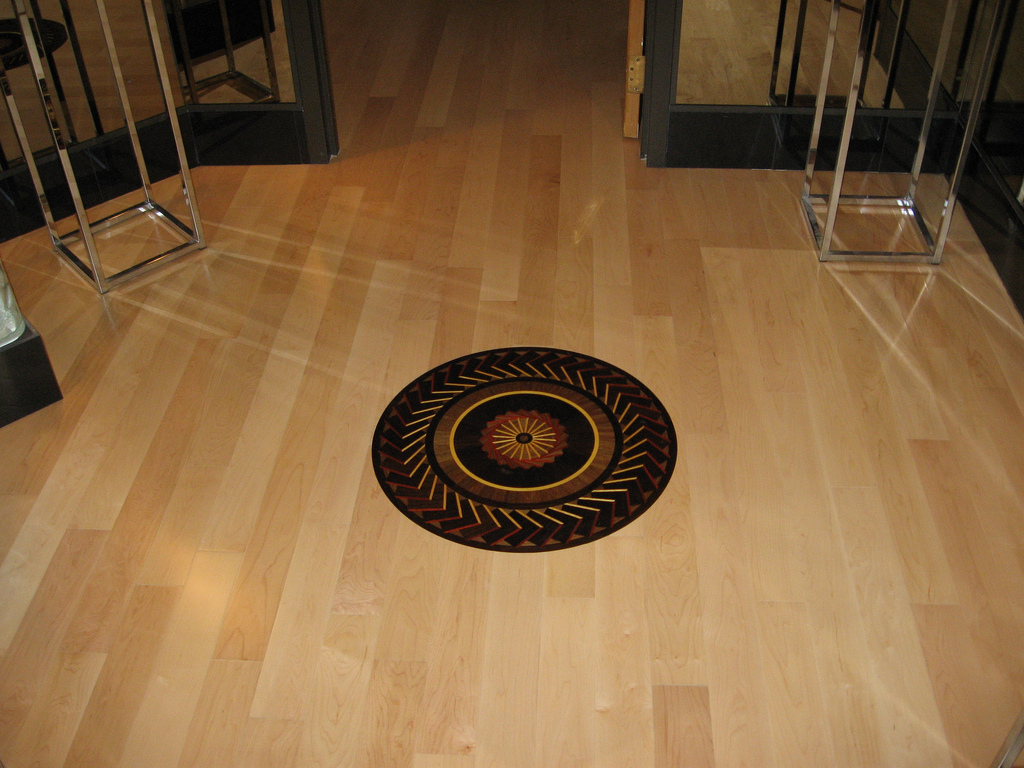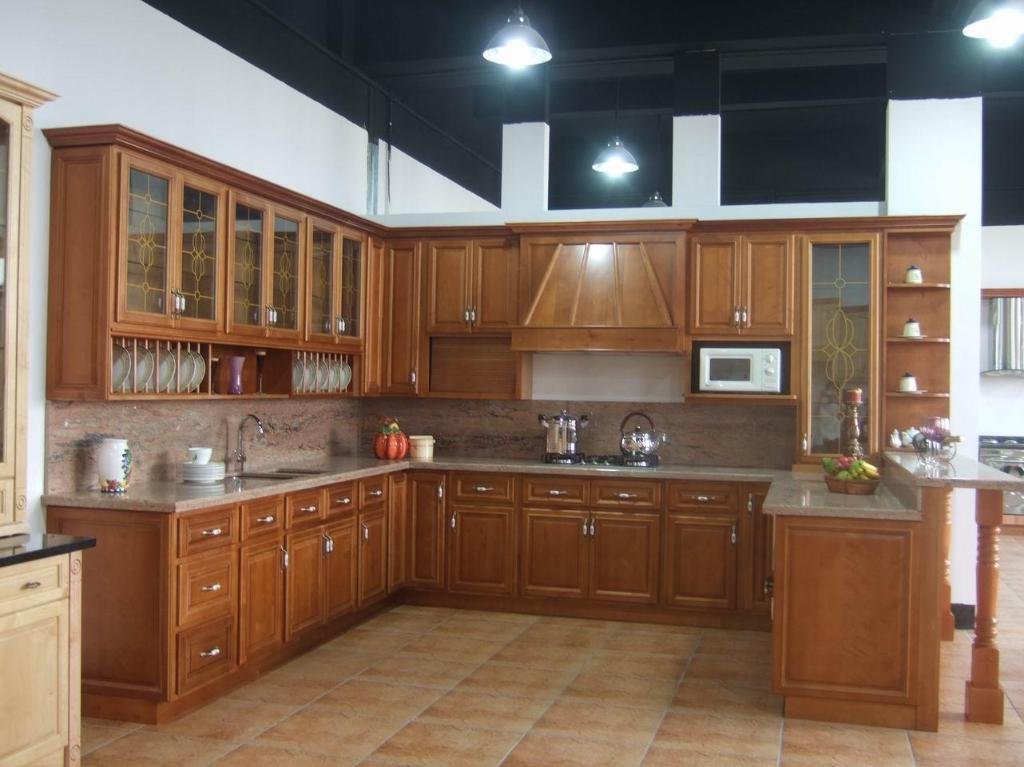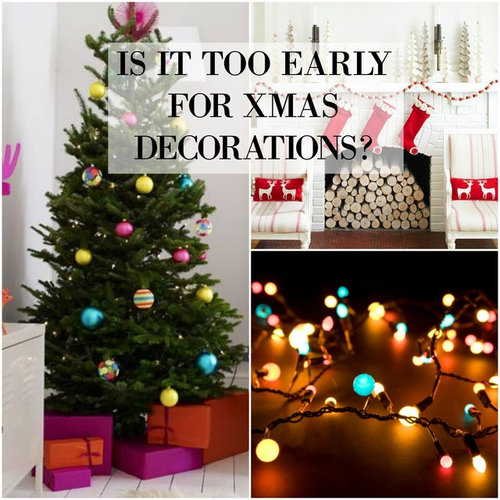Hardwood Choices for Authentic Traditional Decor Styles

In the world of interior design, the choice of flooring can significantly influence the ambiance of a space, especially when aiming for an authentic traditional decor style. Hardwood flooring has long been favored for its classic beauty, durability, and the warmth it brings into homes. Here’s an extensive guide on selecting the perfect hardwood for traditional decor styles, covering a range of species, finishes, and patterns that resonate with various periods and aesthetics.
Understanding Traditional Decor Styles

Traditional decor, characterized by its timeless appeal, often incorporates elements from historical periods like Colonial, Victorian, or even Mediterranean and Tuscan influences. Each style has its unique charm, requiring specific considerations for flooring:
- Colonial and Early American: This style exudes a rustic yet refined atmosphere, favoring woods like pine or oak, often with a narrow plank width.
- Victorian: Intricacy and ornate details dominate. This era calls for darker woods like mahogany or walnut, possibly with inlaid patterns or parquet.
- Arts and Crafts: Focused on craftsmanship, natural finishes on oak or cherry are typical, with an emphasis on straight lines and solid construction.
- Mediterranean and Tuscan: Warmth and earthy tones define these styles, often utilizing reclaimed wood or terra cotta for a rustic feel.
Selecting Hardwood Species

When selecting hardwood species for your traditional decor, consider not only the aesthetic appeal but also the practical aspects like durability and maintenance:
- Oak: Versatile and durable, white oak for its lighter tones or red oak for a warmer look. Excellent for Colonial or Arts and Crafts settings.
- Maple: Offers a clean, light finish, popular in brighter or modern traditional decors.
- Cherry: Its reddish tones deepen over time, fitting beautifully with the Arts and Crafts ethos.
- Mahogany: Known for its rich, dark color, ideal for Victorian interiors or modern interpretations thereof.
- Pine: Provides a rustic, affordable option with a history of use in early American homes.
- Walnut: Similar to mahogany, its dark grains offer a luxurious, timeless look.
💡 Note: Always ensure the wood's Janka rating aligns with the intended traffic area to avoid premature wear.
Finish and Color Considerations

Finish and color are crucial in defining the overall aesthetic:
- Natural or Stained?
- Natural finishes keep the wood's true color, ideal for showcasing the grain in Arts and Crafts settings.
- Stains can replicate historical looks; e.g., a dark stain for Victorian or an amber for Colonial.
- Sheen Levels: Choose between matte, satin, or high gloss to fit the room's ambiance and light reflection.
- Color Coordination: Match or contrast with furniture, ensuring a cohesive look.
Hardwood Patterns for Traditional Decor

Patterns can add character to the flooring:
| Pattern | Characteristics | Best for Style |
|---|---|---|
| Herringbone | Elaborate and intricate, creating a zigzag pattern | Victorian or modern traditional settings |
| Parquet | Geometric blocks or squares, often in inlays | Classic elegance, often in Victorian homes |
| Strip Flooring | Long, uniform planks | Colonial, Early American, simple designs |
| Basketweave | Weaving pattern creating a woven look | Transitional traditional styles or as accents |

💡 Note: Ensure the pattern aligns with the room's size and function to maximize its aesthetic impact.
Installation and Maintenance

The final step in achieving that traditional look involves thoughtful installation and maintenance:
- Installation: Whether nail-down, glue-down, or floating, each method affects the final look.
- Subfloor Prep: A flat, stable subfloor is crucial for longevity and aesthetics.
- Maintenance:
- Regular cleaning and occasional refinishing to keep the floor looking its best.
- Protect from heavy use by using area rugs or runners in high-traffic zones.
Customizing for Historical Authenticity

For those looking to go beyond standard selections, consider:
- Hand-scraping or wire-brushing to replicate the wear and patina of the past.
- Recreating historical finishes or distressed wood for a truly authentic look.
To wrap up, selecting the right hardwood for traditional decor involves understanding the style’s historical context, the natural properties of wood species, finish options, and installation details. Each choice made can contribute to the authenticity and character of your traditional decor style, creating a space that not only reflects its era but also stands the test of time.
What are the signs that my hardwood floor needs refinishing?

+
Watch for deep scratches, discoloration, or a dull finish. If your floors no longer shine and are hard to clean, consider refinishing.
Can I install hardwood floors in a kitchen for a traditional look?

+
Yes, particularly if you choose a wood species with a high Janka rating like oak or maple, which can withstand kitchen traffic.
What is the benefit of using reclaimed wood in traditional decor?

+
Reclaimed wood provides an authentic, aged look, bringing a sense of history and environmental consciousness to your decor.
Is parquet flooring limited to only formal settings?

+
Not at all. While parquet is traditionally used in formal settings, its versatility allows for creative application in various rooms.



